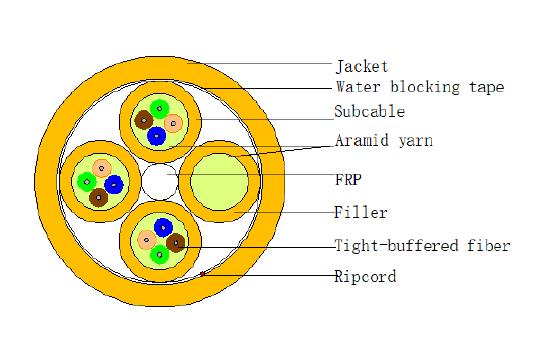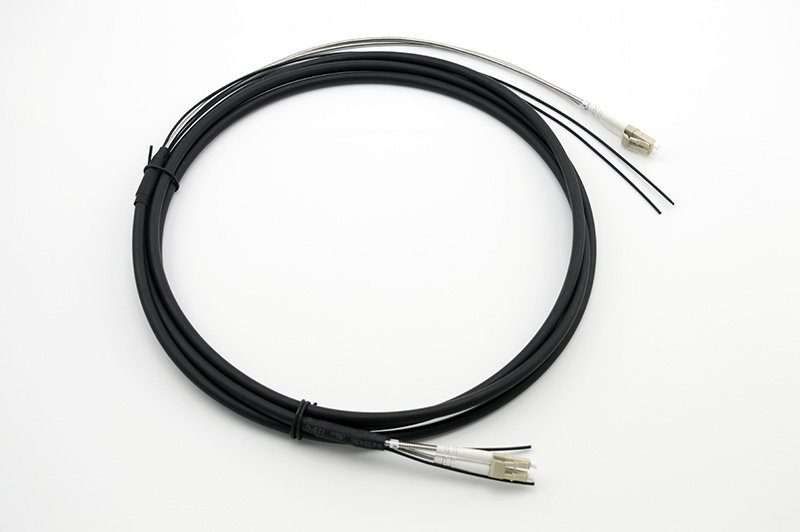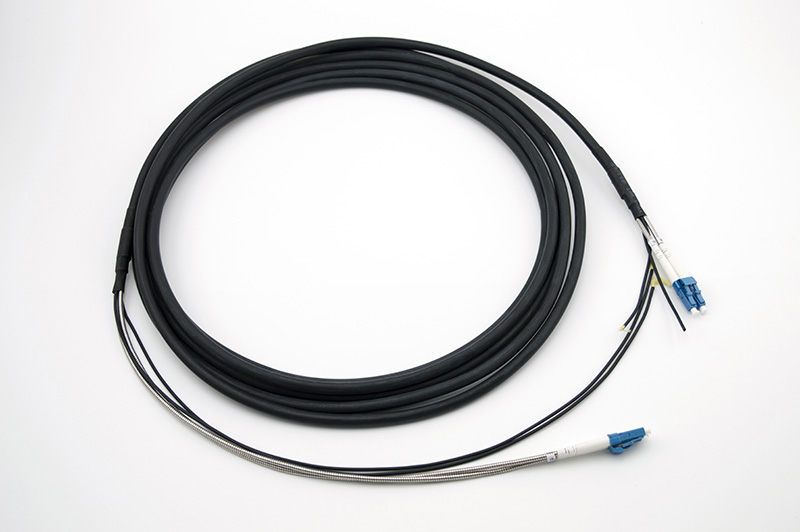In today's increasingly connected world, the demand for high-speed internet and reliable communication systems is at an all-time high. This surge in demand has led to the widespread adoption of optical fiber cables, which offer superior performance compared to traditional copper cables. As businesses and consumers alike look to invest in these technologies, understanding the factors that influence optical fiber cable price becomes essential. In this article, we will explore the various aspects that affect pricing, the types of optical fiber cables available, and current market trends.
What is Optical Fiber Cable?
Optical fiber cables are composed of thin strands of glass or plastic that transmit data using light signals. This technology allows for faster data transmission over longer distances compared to conventional electrical cables. Optical fiber cables are primarily used in telecommunications, internet connections, and various data networks, making them a crucial component in modern infrastructure.
Factors Influencing Optical Fiber Cable Price
1. Material Composition
The primary materials used in manufacturing optical fiber cables are glass and plastic. Glass fiber cables, which offer higher performance and bandwidth capabilities, are generally more expensive than plastic optical fiber (POF) cables. The choice of material significantly affects the overall cost, with glass fiber being the preferred choice for most commercial applications due to its superior transmission properties.
2. Type of Cable
There are two main types of optical fiber cables: single-mode and multimode.
-
Single-Mode Fiber (SMF): This type of cable uses a single light path and is designed for long-distance communication. SMF cables typically have a smaller core diameter and higher transmission capacity, making them more expensive.
-
Multimode Fiber (MMF): These cables have a larger core diameter, allowing multiple light paths. They are more suitable for shorter distances and are generally less costly than single-mode cables.
The type of optical fiber cable chosen for a specific application can greatly influence its price.
3. Core Diameter and Specifications
The specifications of the cable, including core diameter and numerical aperture, also play a critical role in determining price. Cables with larger core diameters and specialized specifications for specific applications tend to be more expensive. Additionally, cables designed for harsh environments or with enhanced durability features may carry a higher price tag.
4. Manufacturing and Installation Costs
The manufacturing process of optical fiber cables is complex and involves advanced technology. The cost of production, including labor, equipment, and technology, can impact the final price. Furthermore, installation costs can vary depending on the complexity of the project. Factors such as the need for specialized technicians, installation location, and the scale of the network can all contribute to higher overall expenses.
5. Market Demand and Supply
Like any commodity, the price of optical fiber cables is influenced by market demand and supply dynamics. An increase in demand for internet connectivity and telecommunications services can drive prices up, especially if the supply chain is strained. Conversely, a surplus in production or decreased demand can lead to lower prices. Seasonal fluctuations and geopolitical factors can also impact supply chains, thus affecting prices.
6. Brand and Quality
Different manufacturers may offer varying prices based on their brand reputation and the quality of their products. Established brands with a track record of reliability may charge a premium, while lesser-known manufacturers might offer lower prices to penetrate the market. However, choosing a less reputable brand could result in lower quality or performance, so it’s essential to balance price with quality.
Current Trends in Optical Fiber Cable Pricing
1. Technological Advancements
Recent advancements in fiber optic technology have led to the development of more efficient and cost-effective production methods. As manufacturing processes improve, the cost of optical fiber cables is expected to stabilize or even decrease. Innovations such as bend-insensitive fiber and improved manufacturing techniques are making high-performance cables more accessible.
2. Growing Demand for High-Speed Internet
The ongoing expansion of high-speed internet services, particularly with the rollout of 5G networks, has led to a surge in demand for optical fiber cables. This trend is driving prices upward, especially for high-quality, high-capacity cables. Companies investing in infrastructure to support these networks may face increased costs but can expect long-term benefits in terms of speed and reliability.
3. Sustainability and Environmental Considerations
As sustainability becomes a priority for many companies, the optical fiber industry is also adapting. Manufacturers are increasingly focusing on environmentally friendly practices, which can sometimes lead to higher production costs. However, the long-term savings and efficiency benefits of using fiber optics often outweigh initial investments.
4. Global Supply Chain Challenges
Recent global events have highlighted vulnerabilities in supply chains, leading to increased costs for raw materials and transportation. These challenges can contribute to higher optical fiber cable prices as manufacturers navigate fluctuating costs and potential delays in delivery.
Conclusion
Understanding optical fiber cable price involves considering various factors such as material composition, cable type, market demand, and manufacturing costs. As technology continues to evolve and the demand for high-speed connectivity grows, the pricing landscape for optical fiber cables will likely change. For consumers and businesses looking to invest in this technology, staying informed about market trends and potential fluctuations in pricing can lead to more strategic purchasing decisions.
Investing in optical fiber cables is not just about the initial price; it’s about the long-term benefits they provide in terms of performance, reliability, and scalability. As the world continues to embrace digital transformation, the importance of understanding optical fiber cable pricing will only grow.












